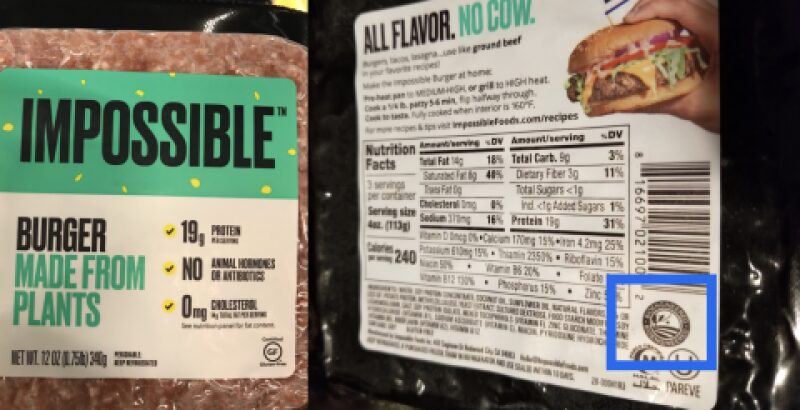One food product that I found that contains this bioengineered label is the impossible burger. The impossible burger is a plant-based product designed to be a substitute for ground beef. This product contains the bioengineered label since it contains soy leghemoglobin to try and match the texture from real ground beef. Soy leghemoglobin is a genetically modified ingredient since it comes from genetically modified yeast, requiring the bioengineered label.
Using the term bioengineered instead of genetically modified can cause confusion for consumers. Being a relatively new term, many consumers might not realize what bioengineered means, and they might not be able to recognize that it is referring to genetically modified ingredients. For a lot of consumers, the term GM of GMO might be associated with being worse for health, the environment, or even taste. Using the term bioengineered might be a more neutral term, not necessary one that would have an effect of the consumers knowledge of the product. The actual graphic of the label could be misunderstood by consumers, as it shows a plant being grown on a green field with a blue sky and bright sun in the background. This graphic seems like it is trying to portray possible health or environmental benefits from a product being bioengineered.
I do not believe that the bioengineered label is able to successfully portray the foods ingredients to consumers. To fix this, consumers need more education on the term bioengineered or more transparent, clearer labels and packaging could be used.
Image from: https://www.cspinet.org/blog/whos-labeling-what-examining-how-companies-are-disclosing-bioengineered-ingredients

